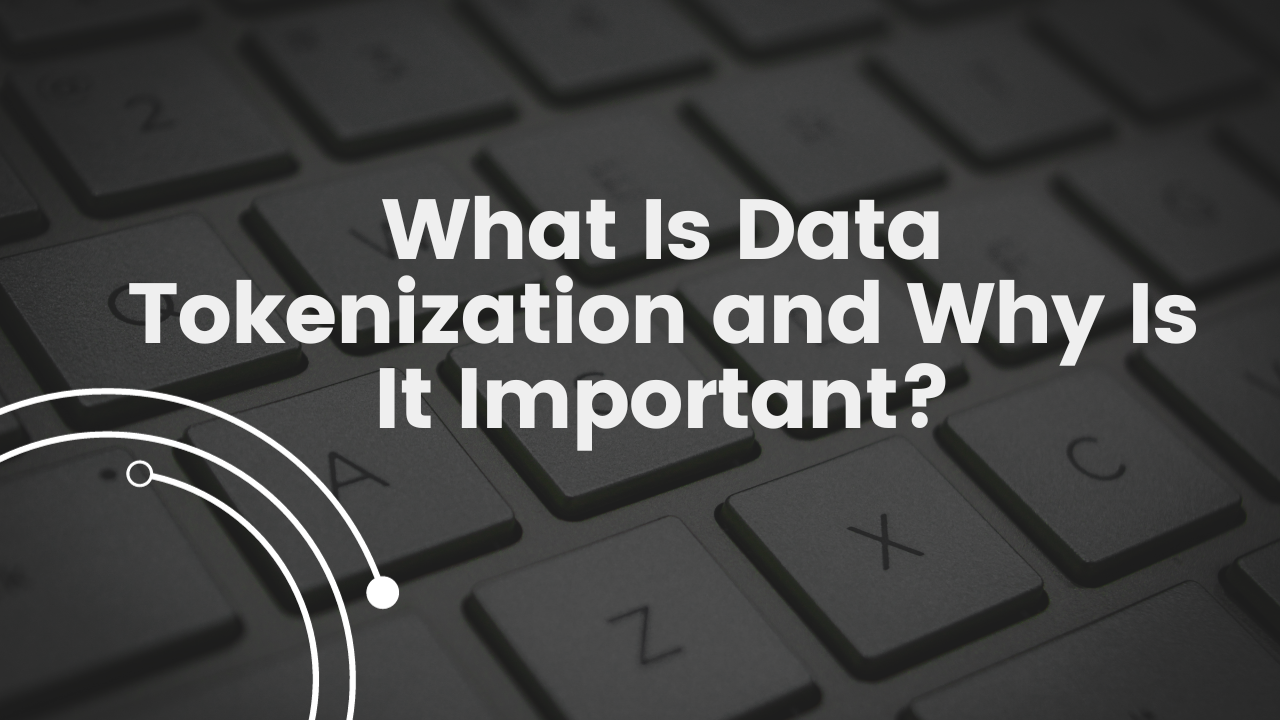Data tokenization is a fundamental technique in the realm of data security and privacy. It involves the transformation of sensitive information into a token or placeholder, rendering the original data meaningless to unauthorized users. In this guide, we will delve into what data tokenization is, how it works, and why it holds significant importance in today’s data-driven world. From enhancing data security and compliance to facilitating safe digital transactions, data tokenization plays a pivotal role in safeguarding sensitive information and ensuring the privacy and trust of individuals and organizations alike.

Understanding Data Tokenization
Data tokenization is a method of data security that involves replacing sensitive information, such as credit card numbers or personal identification, with unique tokens. These tokens are random and meaningless to unauthorized individuals, making it nearly impossible to decipher the original data. Unlike encryption, tokenization does not use reversible algorithms, enhancing security further. It plays a pivotal role in safeguarding sensitive data in various industries, from healthcare to finance, by reducing the risk of data breaches. By rendering valuable information useless to potential attackers, data tokenization strengthens data protection efforts and fosters trust in digital transactions and data management practices.
How Data Tokenization Works
Data tokenization involves replacing sensitive data with tokens or placeholders. Here’s how it works:
- Data Input: When sensitive data, such as credit card numbers or social security numbers, is entered into a system, it’s intercepted for tokenization.
- Tokenization Process: A tokenization system generates a unique token or alphanumeric string to represent the original data.
- Storage: The tokenized data is stored in place of the sensitive information in databases or systems.
- Mapping: A secure mapping system links the token to its corresponding original data within the organization’s secure tokenization system.
- Usage: Whenever the original data is needed, the token is used to retrieve the corresponding information from the secure mapping system.
The Importance of Data Tokenization
Data tokenization is vital for several reasons:
- Data Security and Privacy: Tokenization enhances data security by rendering sensitive information meaningless to unauthorized users. This reduces the risk of data breaches and identity theft.
- Compliance with Regulations: Many industries must adhere to strict data protection regulations (e.g., GDPR, HIPAA). Data tokenization helps organizations maintain compliance by safeguarding sensitive data.
- Facilitating Digital Transactions: In e-commerce and online payments, tokenization ensures secure and efficient transactions while protecting financial information.
- Simplifying Data Management: Tokenization simplifies data handling by reducing the amount of sensitive data stored, making it easier to manage and secure.
Applications of Data Tokenization
Data tokenization finds extensive use across various industries:
- Payment Card Industry (PCI) Compliance: Tokenization is crucial for PCI DSS compliance, protecting credit card data during transactions.
- Healthcare and Personal Data Protection: Healthcare organizations use tokenization to secure electronic health records and patient data, ensuring compliance with regulations like HIPAA.
- Secure Cloud Storage: Tokenization safeguards data stored in the cloud, making it a preferred choice for businesses concerned about data breaches.
- Tokenization in Financial Services: Banks and financial institutions deploy tokenization to secure customer financial information, streamline payment processing, and enhance cybersecurity.
Implementing Data Tokenization
To deploy data tokenization effectively:
- Choose a Tokenization Solution: Select a reputable tokenization solution that aligns with your organization’s security needs and compliance requirements.
- Integration with Existing Systems: Integrate the tokenization solution seamlessly into your existing data infrastructure, ensuring minimal disruption to operations.
- Best Practices for Implementation: Follow industry best practices for tokenization, including secure key management, access controls, and data encryption, to maximize security benefits.
- Testing and Validation: Thoroughly test the tokenization system to ensure proper functionality and security. Conduct ongoing assessments to identify vulnerabilities.
- User Training: Train employees on how to use tokenized data effectively and securely within your organization.
Challenges and Considerations
- Key Management: Effective key management is crucial for data tokenization. Protecting encryption keys is a primary challenge, as their compromise could lead to data exposure.
- Balancing Security and Usability: Striking the right balance between data security and usability is challenging. Overly complex tokenization processes may hinder operations.
- Cost and Resource Considerations: Implementing and maintaining a tokenization system can involve significant costs and resource allocation, which organizations must carefully evaluate.
- Vendor Dependence: Organizations may become dependent on tokenization solution providers, raising concerns about vendor lock-in and reliance on external services.
- Regulatory Changes: Staying compliant with evolving data protection regulations can be challenging, necessitating periodic adjustments to tokenization strategies.
Future Trends in Data Tokenization
- Blockchain Integration: Tokenization and blockchain technology may converge to enhance data security, transparency, and traceability, especially in supply chain and financial sectors.
- Homomorphic Encryption: Advancements in homomorphic encryption could enable more secure tokenization methods, allowing computations on encrypted data without revealing sensitive information.
- Edge Computing: Tokenization at the edge of networks can enhance data security for Internet of Things (IoT) devices and edge computing applications.
- Standardization: The development of standardized tokenization protocols may simplify interoperability and foster wider adoption.
- AI and Machine Learning Integration: AI-driven tokenization solutions may emerge, offering more sophisticated threat detection and response capabilities.
Conclusion
Data tokenization is an indispensable tool in today’s data-driven . It robust protection for sensitive information while enabling secure digital transactions and ensuring regulatory compliance. Its importance is underscored by its versatile applications across various industries, from finance to healthcare and beyond. To harness its benefits, organizations must implement tokenization solutions carefully, considering key management, usability, and compliance factors. As technology continues to evolve, data tokenization will remain a critical component of data security strategies, adapting to new challenges. That opportunities in an increasingly interconnected and data-centric environment. Its role in safeguarding data and maintaining trust in digital interactions cannot be understated.
Also Read:
- How should a beginner invest in cryptocurrency?
- 7 things to know before Investing in Cryptocurrency
- Crypto vs Bitcoin: Where to invest?
- 5 Common Mistakes in Crypto Trading and How to Avoid Them
Leave a Reply